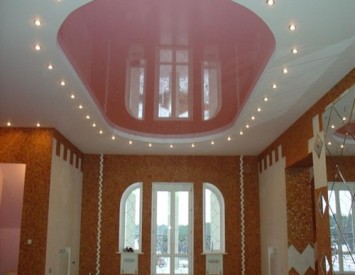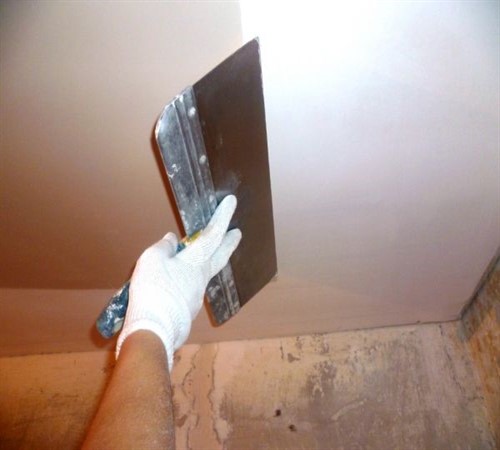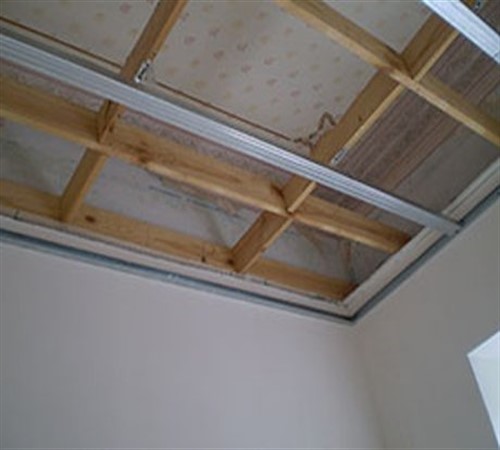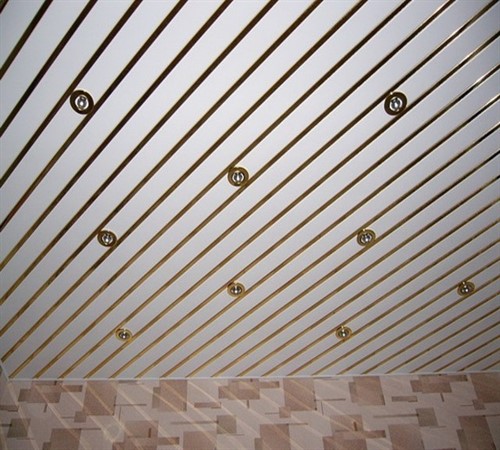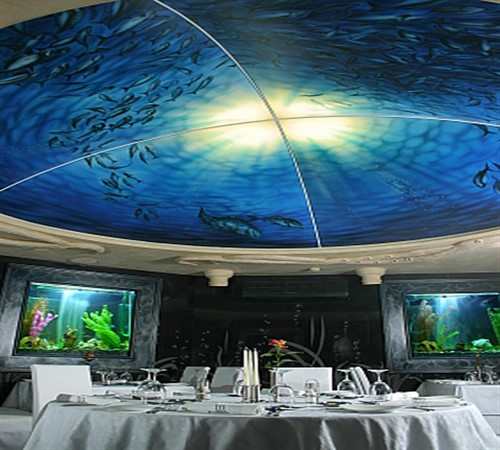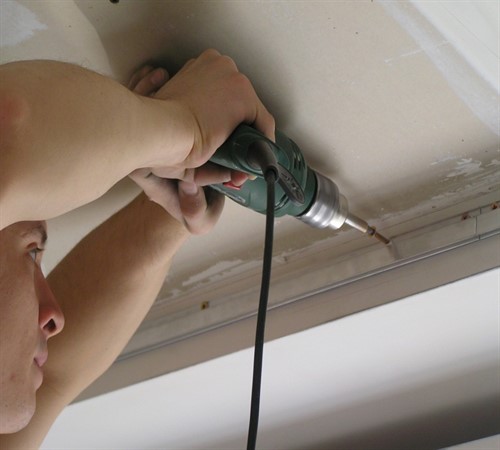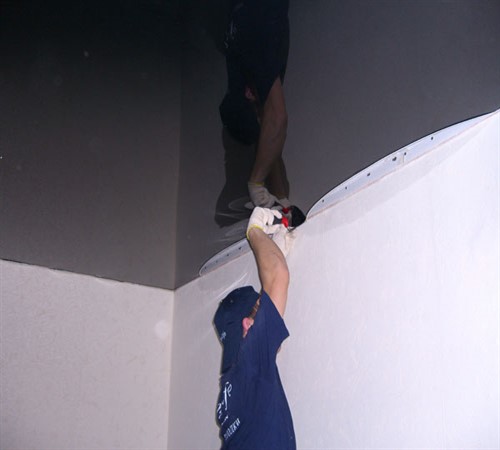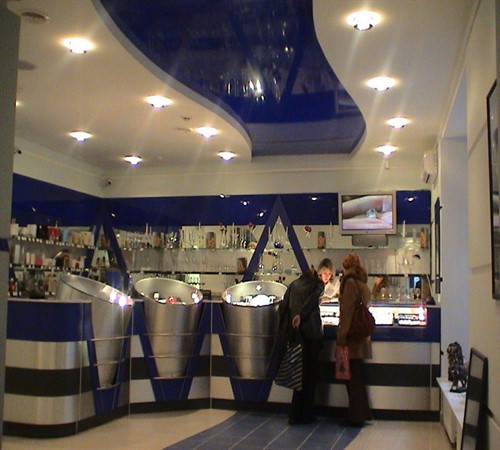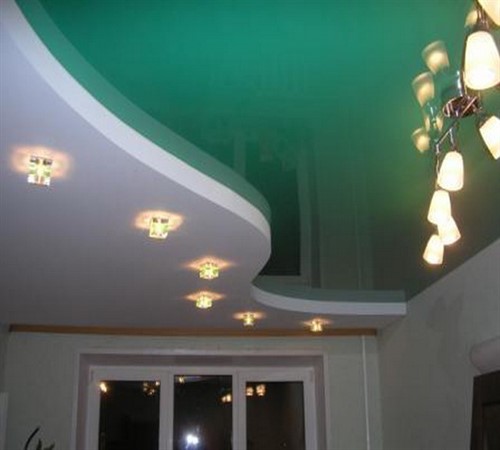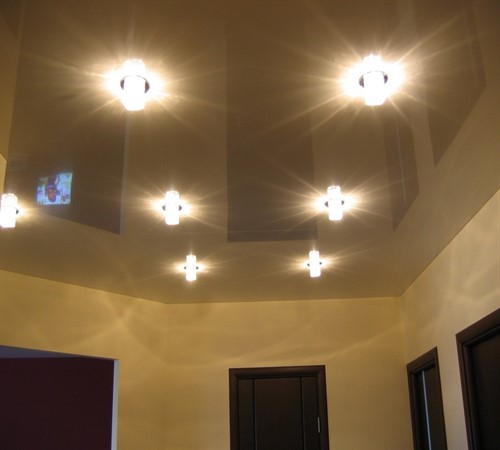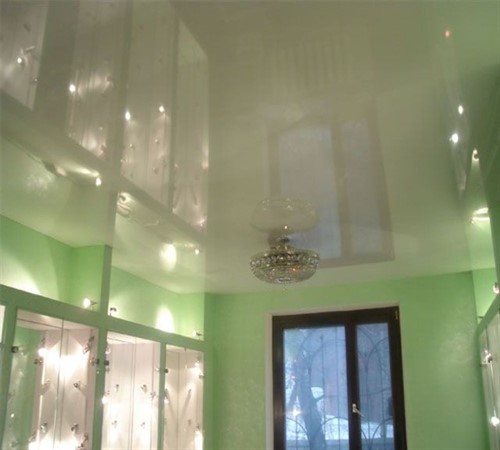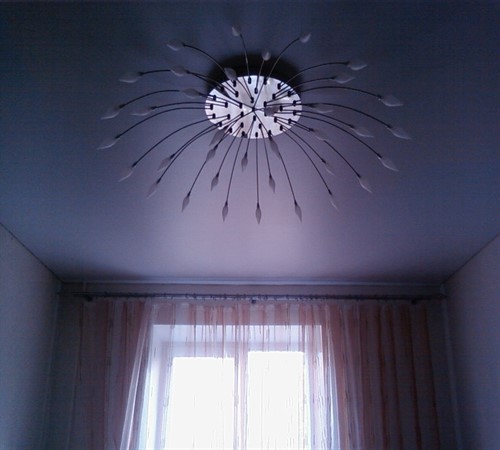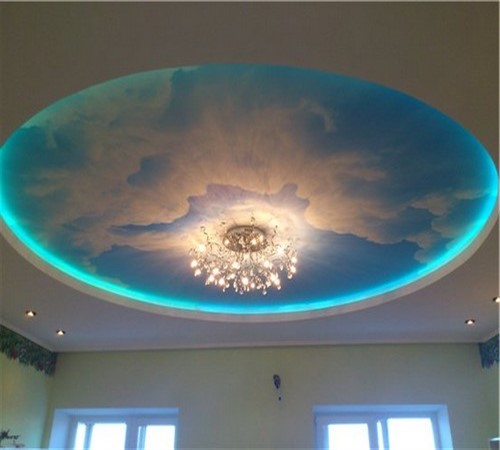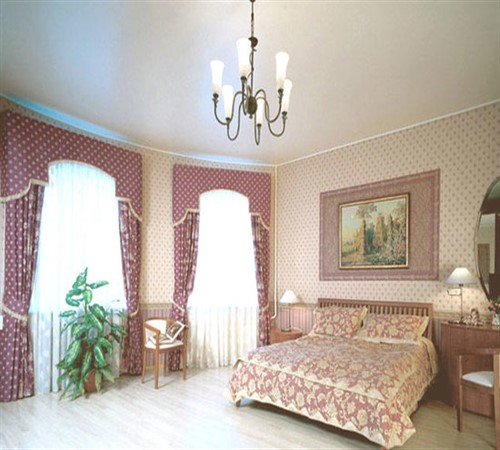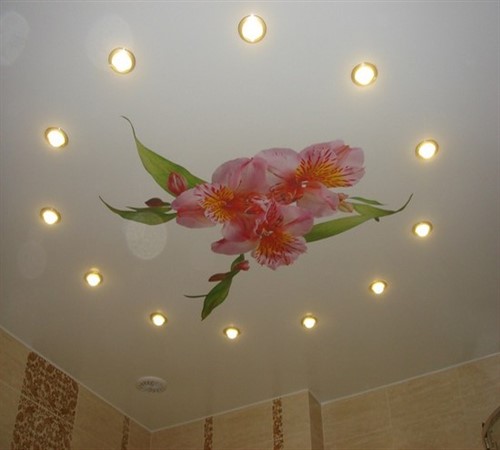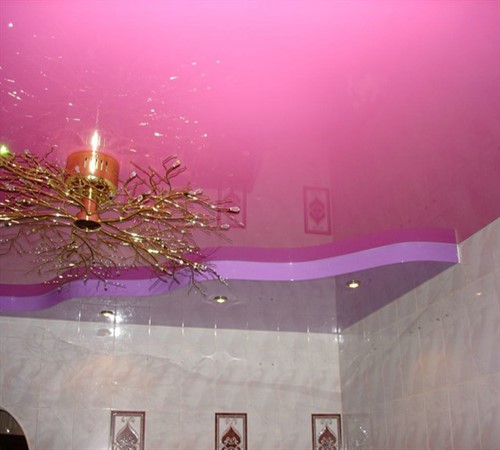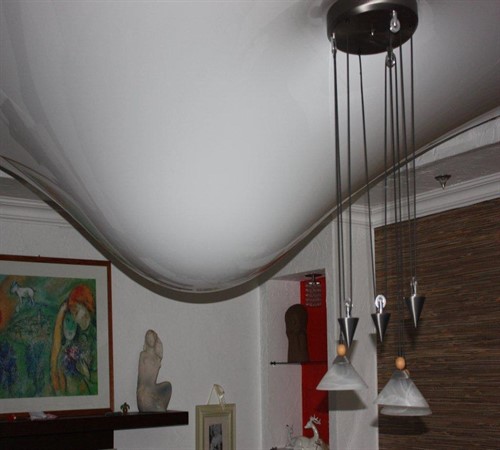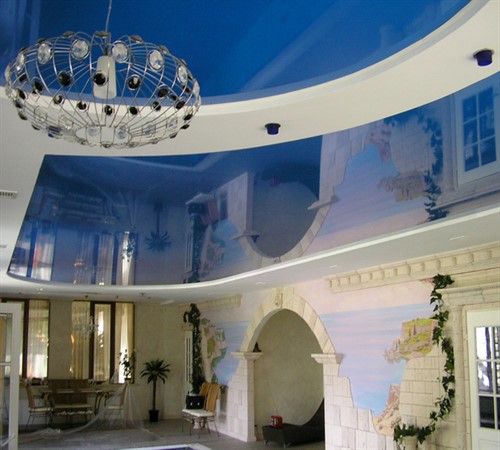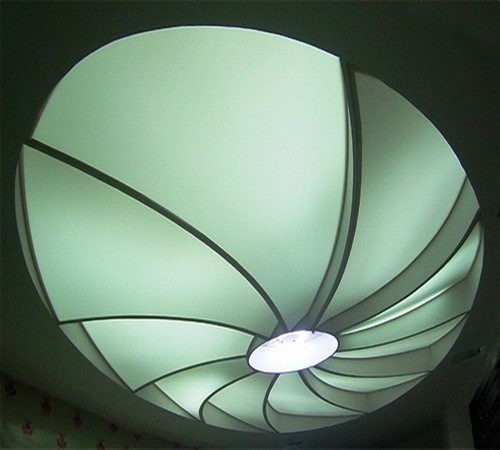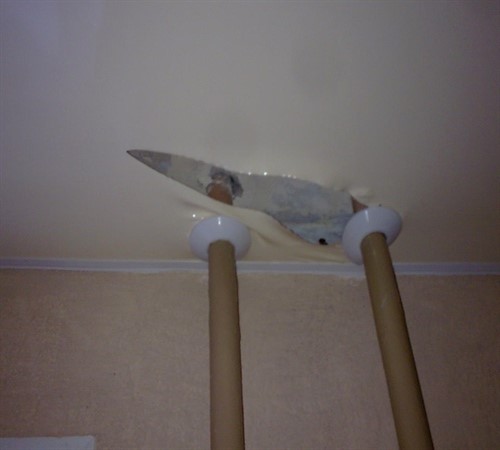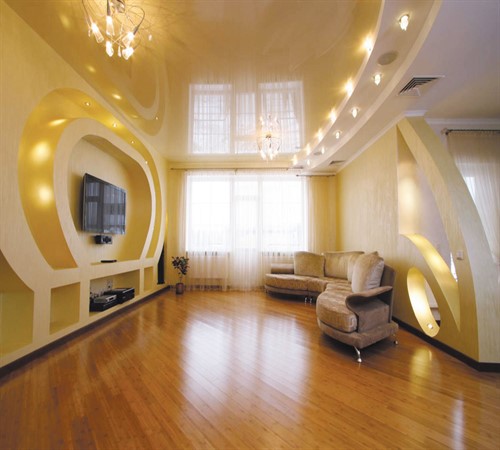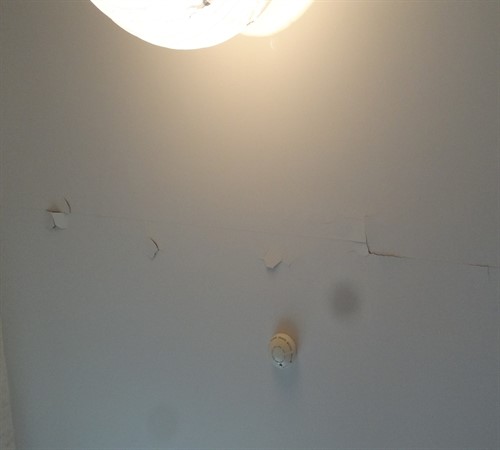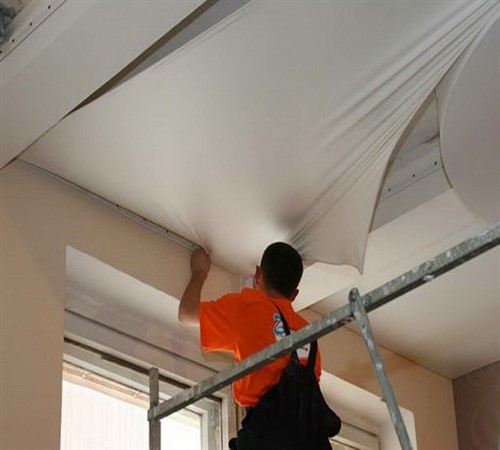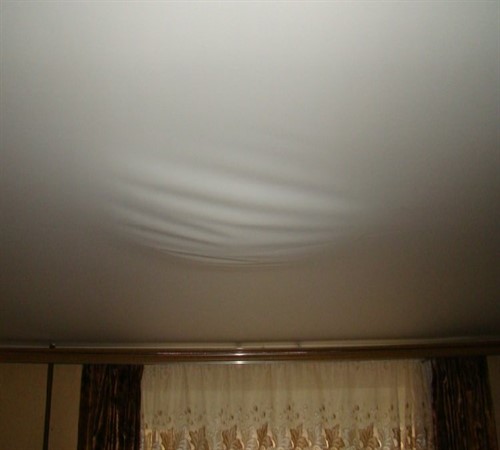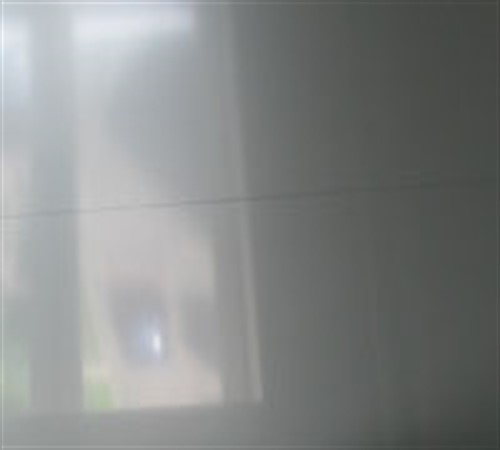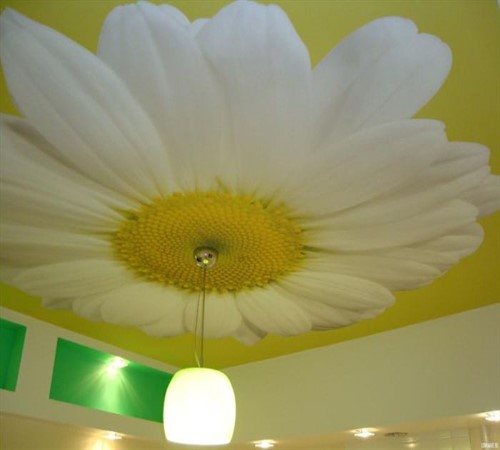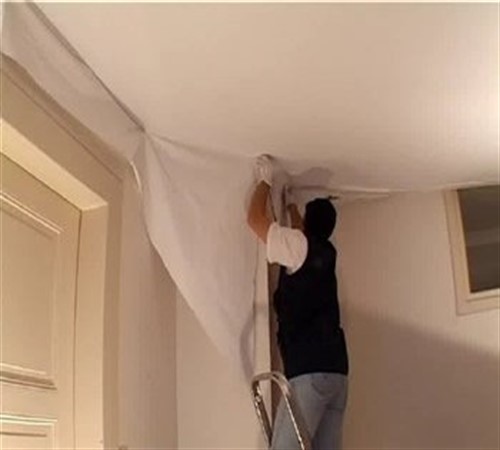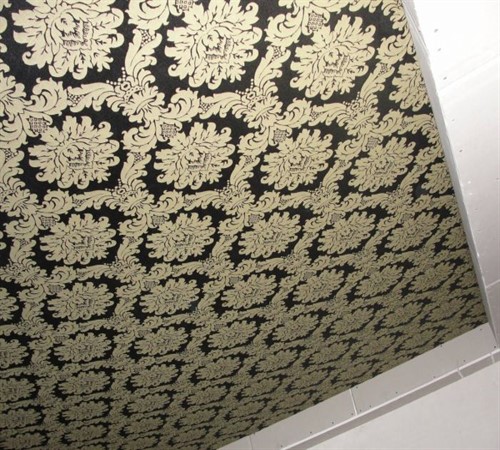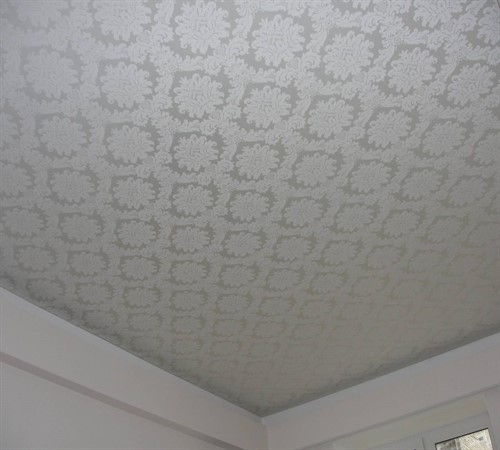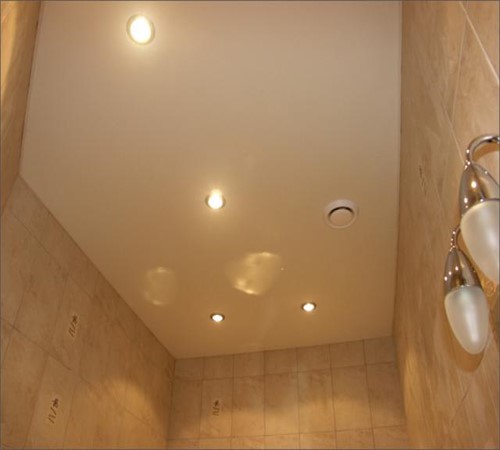Stretch ceilings, due to their operational characteristics, are gaining more and more popularity among the huge circle of the population. However, when choosing this method of finishing, few take into account all the advantages and disadvantages of stretch ceilings, as well as problems that arise for one reason or another.
Content
Differences of stretch ceilings and other types of finishes
In most cases, a perfectly even ceiling in the apartment, private house and other rooms is created using:
- putting putty with subsequent staining;
- manufacturing of a suspension structure made of drywall;
- installations of a hinged rack, modular ceiling;
- stretch ceiling.
Of all the ways to give the ceiling evenness and aesthetics, the greatest preference today is given to suspended ceilings, because against the background of other methods of decoration, they have the following distinctive features:
- lower cost;
- ease of design;
- small concealing the height of the room. When installing the ceiling, the minimum distance from the draft version to the stretch fabric is 2 cm. However, the distance can be quite increased, due to the need to install a certain type of lamps or the installation of a security alarm, as well as for other reasons depending on the buyer;
- the speed of installation. Preparatory work before installing suspended ceilings boils to the profile fastening and removal of the plaster peeling from the ceiling. In this case, the process of preparation and installation takes from 3-12 hours, based on the complexity of the work performed;
- lack of deformation during the shrinkage of recently built houses;
- safety. Stretch ceilings are made of environmentally friendly materials. In addition, they are treated with antistatic additives that prevent accumulation on the dust canvas;
- practicality, since the ceilings are able to maintain the original appearance without any significant changes for 15-20 years, without finishing work throughout the entire operational period.
However, stretch ceilings are also inherent in disadvantages:
- installing stretch ceilings without special skills is quite problematic;
- the presence of an unpleasant odor in the room for several days from the date of installation of the ceilings, although thorough ventilation of the room will help to get rid of it.
Of course, these are only general and most significant differences, since various types of suspended ceilings are endowed with advantages and disadvantages excellent from each other.
Varieties of suspended ceilings, their characteristic
Today, suspended ceilings are made of 2 materials: films and fabrics.
Film stretch ceiling
The film ceiling is a thin, but strong polyvinyl chloride film made according to pre -made measurements. At the same time, the standard PVC strip width varies between 1.3-5.5 m. If the ceiling width exceeds the width of the polyvinyl chloride strip, then during the manufacture of the ceiling the film is produced using a TVChR to the required width.
The installation of the film ceiling is carried out using a heat gun, warmed up the suspended canvas up to 70 ° C, as a result of which it becomes elastic and is easily fixed in the previously installed profile. At the end of installation work, the cooling canvas gradually acquires strength, the color scheme, the texture of which depends on the chosen type of film.
Currently, stretch film ceilings are produced by the following texture:
- glossy - characterized by a visual increase in space due to the effect of mirror reflection of interior items;
- matte - visually similar to ceilings painted with water -based paint, therefore, belong to the classic version of the finish;
- transparent - stand out with high light transmission. As a rule, transparent ceilings are mounted in combination with different types of lamps, so that the illusion of a starry sky, a glass roof, etc.;
- satin - visually the surface seems velvety, although in fact smooth, due to which the reflective qualities of satin ceilings increase.
Regardless of the texture, the color scheme of film ceilings is quite diverse, so PVC film is produced both in plain and multi-colored shades. In addition, in the process of production on the PVC film, it can be applied to photo printing, or at the end of installation work, the ceiling can be decorated with an artistic painting.
Thus, the advantages of film stretch ceilings are reduced to the following:
- the variety of textures and tinted gamut allows you to choose a ceiling that harmoniously fits into the interior of any room;
- excellent water resistance of the canvas protects against flooding with neighbors living on top. If such a situation arises, it is necessary to call specialists who remove water from the canvas and dismantle the ceiling for drying, and after a few days they will set it in place. In this case, there will be no rust and other traces of the incident on the canvas;
- high noise and thermal insulation properties muffle loud sounds that come from the outside and prevent the penetration of drafts from the attic;
- the elasticity of the heated canvas allows you to create ceiling structures of any degree of complexity;
- simplicity of care. It is enough to wipe the ceiling with a damp cloth with a small addition of neutral detergent with a small clip of the ceiling.
When making a choice, despite a lot of advantages, it is worth considering the disadvantages of stretch ceilings:
- in the process of installation, the air in the room heats up to 50 ° C, which negatively affects the sensitive interior items sensitive to high temperatures;
- the film after tension becomes easily vulnerable to damage by sharp objects;
- chandeliers that are not equipped with lamplos and hanging at a distance of less than 40 cm from the canvas, as well as spotlights with a power of above 40 W contribute to gradual darkening and ceiling melting;
- with a decrease in air temperature below 0 ° C, the tension canvas becomes fragile and begins to crack, so film ceilings cannot be installed in rooms unheated in winter;
- when installing the canvas to drywall walls, without their preliminary strengthening, the probability of tearing sheets from the walls is high;
- slowing the canvas is possible when installing a film ceiling on a large area, especially if there is a weld;
- “Invisible” welded seams are very noticeable on glossy ceilings, especially with a rather close location of spotlights from them.
Of course, all these shortcomings are quite arbitrary, which allows you to prevent their appearance at the stage of production and installation, preventing the development of a deficiency into a global problem.
Tissue stretch ceiling
For the manufacture of a tissue stretch ceiling, a textile canvas obtained by knitted weaving polyester thread is used, which is carefully impregnated with a mixture based on polyurethane, after which it is squeezed, dried and caused.
The fabric canvases are available 5 m wide. However, unlike the film, the production of a fabric ceiling does not require preliminary measurements, since it is released from the roll with the necessary epigastric. In this case, during the installation of excess tissue, the fabric is cut. In addition, the installation of a fabric ceiling is fixed in a special profile without any heating of the canvas.
Based on the foregoing, the following advantages of tissue stretch ceilings over the film:
- the invariability of the temperature in the room during the installation of the ceilings, since the canvas is devoid of elasticity and is refueling into the baguette without heating;
- higher strength to damage;
- the properties of the fabric canvases remain unchanged even at minus temperatures.
It turns out that the disadvantages of film ceilings are the advantages of the tissue ceiling. In this case, the disadvantages of tissue stretch ceilings are manifested in:
- limited color solutions with pastel colors and matte texture;
- the impossibility of using a wet rag to remove any spots, since stains will remain on the canvas;
- the inability to withstand a large amount of water in case of flooding by neighbors, and the subsequent restoration of the canvas is impossible;
- higher cost.
Thus, polyvinyl chloride stretch ceilings, disadvantages, the problems of which make up a rather significant part, it would seem, should be conceded with fabric. However, tissue ceilings are owners of significant disadvantages. Therefore, to include to choose a particular type of ceiling, based on the planned operational conditions.
